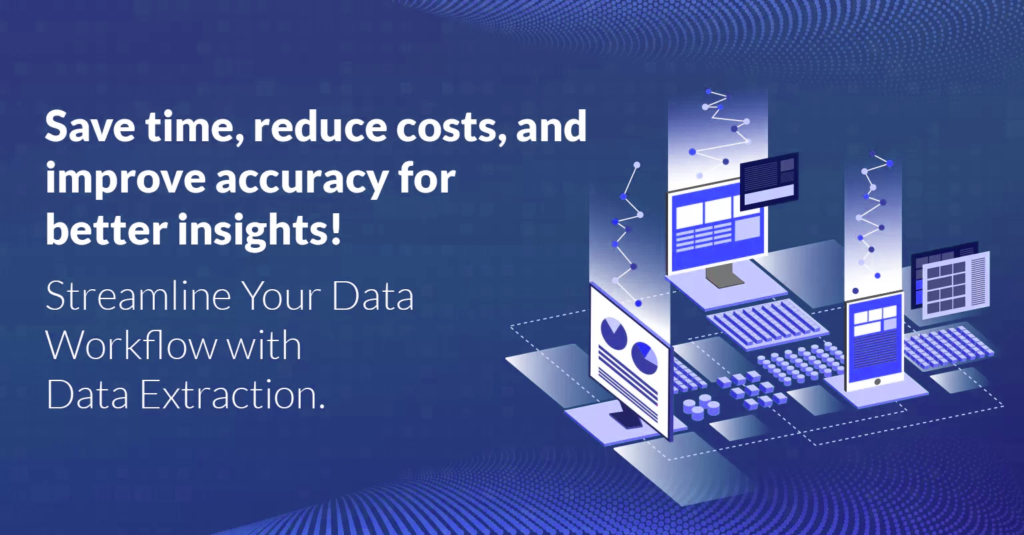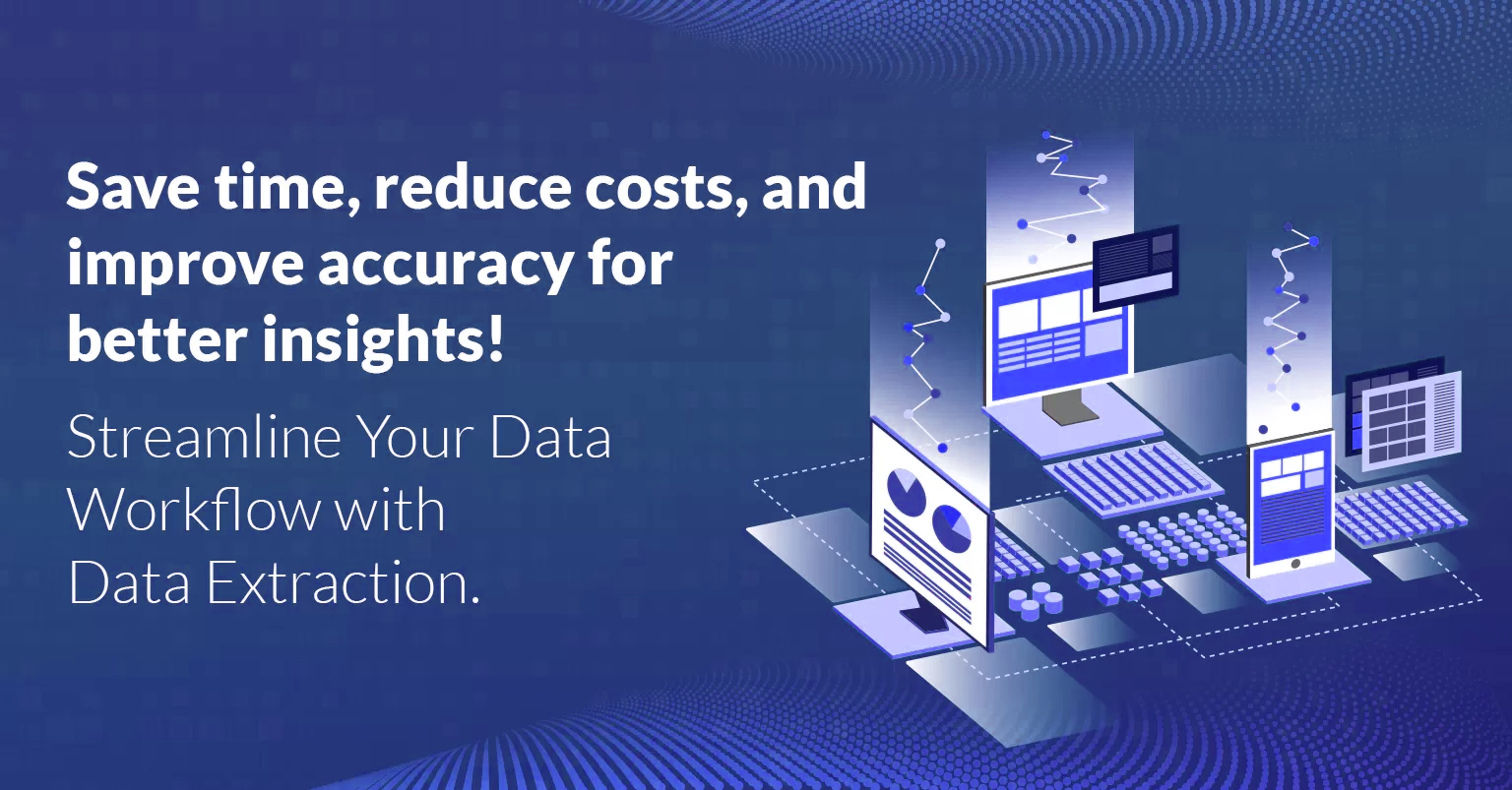Data extraction is a process of parsing data from one place and moving it to another. It is often performed as a task that follows other work, rather than being its own separate job. Data extraction could be thought of as the clean-up step in data preparation: removing unneeded parts, validating entries to ensure correctness and completeness, setting up the file structure for subsequent processing, etc.

Data extraction process:
The process of data extraction consist of different tools and steps throughout the process. Data analytics tools are one of the major requirements for it.
In the process, it is helpful to divide the work into an organized and standardized sort that has a defined start and stop.
Another way to divide this process is to not distinguish between Data Preparation and Data Extraction. In this case, the complete cycle of data preparation consists of data profiling, data cleansing, and data integration.
Profiling consists of analysing sample records from the source system to determine their characteristics. Cleansing might involve correcting or replacing bad values or missing items. The process of combining data from different sources into a single, unified view is known as data integration.
This process of extracting data is also called ETL.
Extraction: Extracting data from original source
Transformation: Transform and combine the data
Loading: Load data in the target database
The representation of data through the use of typical graphics, such as infographics, charts, and even animations, is known as data visualization. These informational visual displays make complex data relationships and data-driven insights simple to comprehend. Data visualization is the graphic representation of data.
Advantages of using an Extraction Tool
Data extraction is a process that is required at some point in every industry. Undoubtedly, given the rising demand for cloud-native storage, the requirement for data extraction will increase. The benefit of using an extraction tool is that it helps you move your data from its original format to a new one. It obviates the need for having a data range that is sufficiently large for all applications so that you can use it. This data range was generated with the help of an extraction tool.
It is now simple to extract data from various sources into a single, unified database thanks to the rising popularity of various extraction tools.
Larger companies will have ETL tools to perform data mining and other important functions. These are usually proprietary programs that are only available internally. If a company has access to these tools, it can use them as part of its processing pipeline.
Why is Data Extraction Important?
Improved accuracy: The processing of data automatically decreases the chances of human errors. It will apparently eliminate the manual effort, and the employees will be able to focus on other important aspects.
Reduced cost: Extraction tools can range from free to thousands of dollars, depending on the complexity and volume of your data. Some of the open-source tools are effective enough, but you are expected to pay for the support services if you want them.
Time-saving: Data extraction allows the user to save a considerable amount of time by minimising manual effort. This will also increase productivity since a lot less time is required for data entry and elimination since they are automated processes.
Increased productivity: Extracting data automatically is an efficient process that can be used to increase productivity. This process helps improve efficiency, accuracy and saves time.
Data integrity: Automating the ETL Data Extraction process increases the integrity of the data extracted by performing it in a more efficient way. It will help ensure data consistency and accuracy, which is important for all businesses.
Conclusion
There are several good extraction tools that are available with a lot of functionality to extract data quickly and easily. These tools can be used to get the necessary data from different sources before loading it into an application. This is useful in environments where big data analytics is needed.
Larger companies have their own proprietary ETL tool that they can use internally to move their data around. However, there are open-source extraction tools that work really well, and they will not cost a thing to you.
























